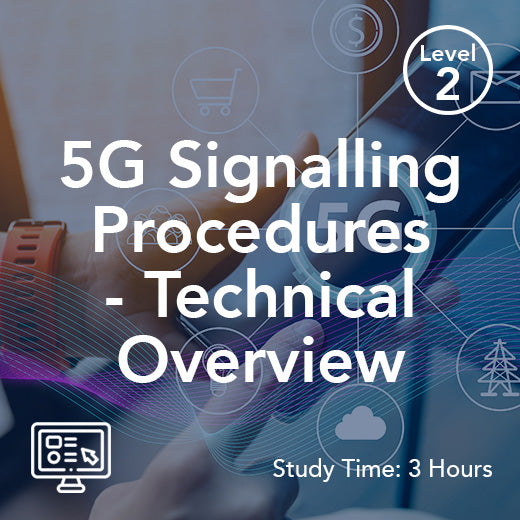UBP Kullanıcı Datagram Protokolü
- , by Paul Waite
- 2 min reading time
Yaygın olarak UDP olarak bilinen Kullanıcı Datagram Protokolü, telekomünikasyon dünyasının temel direklerinden biridir. Sorunsuz ve verimli iletişim ağlarına bağımlılığın çok önemli olduğu Birleşik Krallık'ta, veri iletimi ve ağ iletişiminin inceliklerini araştıran herkes için UDP'nin inceliklerini anlamak hayati önem taşır.
UDP, özünde bağlantısız bir protokol olarak çalışır ve bu özelliğiyle muadili olan İletim Kontrol Protokolü'nden (TCP) ayrılır. Bu temel fark, TCP'nin titiz iletim mekanizmaları yerine hız ve verimliliğe öncelik veren bir protokol olan UDP'nin özünü yansıtır. Gerçek zamanlı veri iletiminin son derece önemli olduğu bir dünyada, UDP, düşük gecikme süresi ve minimum paket kaybı gerektiren uygulamalar için ideal bir tercih olarak öne çıkmaktadır.
Birleşik Krallık telekomünikasyon sektöründe UDP'nin önemi göz ardı edilemez. Anlık oyuncu etkileşimlerine dayanan çevrimiçi oyun platformlarından, kesintisiz ses iletimi gerektiren VoIP hizmetlerine kadar, UDP birçok kritik uygulamanın omurgasını oluşturur. Hafif yapısı ve minimum ek yükü, hızın önemli olduğu durumlar için idealdir ve verilerin ağlar arasında hızlı ve verimli bir şekilde iletilmesini sağlar.
Birleşik Krallık'ın gelişen telekomünikasyon altyapısı bağlamında, UDP, çok sayıda cihaz ve platform arasında verilerin sorunsuz bir şekilde aktarılmasını kolaylaştırmada önemli bir rol oynamaktadır. Nesnelerin İnterneti (IoT) cihazlarının, akıllı teknolojilerin ve bulut tabanlı hizmetlerin yaygınlaşmasıyla birlikte, yüksek hızlı ve güvenilir veri aktarımına olan talep hiç bu kadar yüksek olmamıştı. UDP'nin veri paketlerini resmi bir bağlantı kurulumunun kısıtlamaları olmadan hızlı bir şekilde iletme yeteneği, onu bu hızlı tempolu dijital ortamda paha biçilmez bir varlık haline getirmektedir.
Birçok avantajına rağmen, UDP'nin sınırlamaları da yok değildir. Hata kontrol mekanizmalarının ve tıkanıklık kontrolünün olmaması, UDP üzerinden iletilen verilerin paket kaybına ve sıra dışı teslimata açık olduğu anlamına gelir. Dosya aktarımları veya finansal işlemler gibi veri bütünlüğünün çok önemli olduğu uygulamalarda, UDP kullanımı uygun olmayabilir. Ancak, UDP'nin uygulama katmanı protokolleri veya ileri hata düzeltme gibi hata tespit ve düzeltme mekanizmalarıyla birlikte kullanılmasıyla, bu sınırlamalar azaltılabilir ve UDP'nin avantajlarından veri bütünlüğünden ödün vermeden yararlanılabilir.
Birleşik Krallık dijital dönüşümü ve en son teknolojileri benimsemeye devam ederken, UDP'nin telekomünikasyonun geleceğini şekillendirmedeki rolü göz ardı edilemez. Gerçek zamanlı video akışını sağlamaktan uzaktan izleme sistemlerine güç sağlamaya kadar, UDP'nin çok yönlülüğü ve verimliliği onu çok çeşitli uygulamalar için vazgeçilmez bir araç haline getirir. UDP'nin inceliklerini anlayarak ve yeteneklerini etkili bir şekilde kullanarak, işletmeler ve bireyler veri iletimi ve ağ iletişimi alanında yeni olanakların kilidini açabilirler.
Sonuç olarak, UDP, giderek daha fazla birbirine bağlı hale gelen bir dünyada hız, verimlilik ve güvenilirlik arasında bir denge sunarak modern telekomünikasyonun temel taşlarından biridir. Kesintisiz ve yüksek hızlı veri iletimi talebinin sürekli olduğu Birleşik Krallık'ta, UDP'nin önemi yeterince vurgulanamaz. UDP'nin inceliklerini derinlemesine inceleyerek ve çeşitli sektörlerdeki uygulamalarını keşfederek, bireyler ve kuruluşlar bu çok yönlü protokolün gücünden yararlanarak inovasyonu yönlendirebilir ve telekomünikasyonun geleceğini ileriye taşıyabilirler.

































